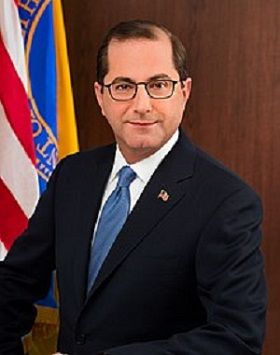- Joined
- Oct 10, 2011
- Messages
- 8,624
- Reaction score
- 10,698
What about if the person/place doing the EBRT is affiliated with the same practice/cancer center but at a different facility? Would that make a difference?
This, hyper-specific question, has been specified, on page 113 (comment) and page 114 (response) of https://innovation.cms.gov/media/document/specialty-care-models-rule:
"Comment: A commenter requested clarification on how RO participants will be defined if there are multiple sites of service during an episode. This commenter provided an example where a physician delivers EBRT in a freestanding setting and then chooses to deliver brachytherapy in the hospital outpatient department (HOPD) setting. This commenter asked whether the physician in this example would be considered a Dual participant such that there would be no technical component payment issued to the HOPD. This commenter suggested that CMS-5527-F 113 CMS should provide clarification regarding how these types of situations will be handled and reimbursed within the Model. "
"Response: As for the specific example the commenter presented, the freestanding radiation therapy center would be considered a Dual Participant for delivery of EBRT, and the HOPD delivering brachytherapy would bill traditional Medicare fee-for-service as described in section III.C.7. In the example described, FFS payments made to the HOPD would be considered duplicate payments during reconciliation as described in section III.C.11."




